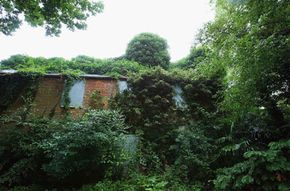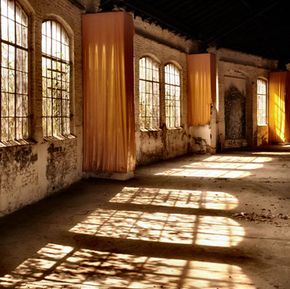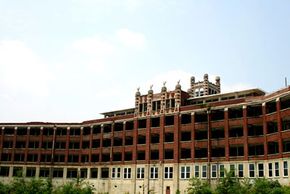You’ve most likely spent time in nature. Maybe you went fishing at some remote pond. Or perhaps you simply took a leisurely stroll in the woods. If so, then you probably noticed the comfort and serenity that the woods provide. Birds call to one another, dappled sunlight streams through the tree canopy overhead, and water flows tranquilly over rocks in a nearby brook. Colors seem more vivid, too, like the verdant green that’s exclusive to a moss-covered log. All of these sensory things converge to restore you when you enter the woods.
In many ways, this is the antithesis of urban exploration.
Advertisement
While natural forests are composed of trees, shrubbery, wildlife and streams, there's a new great outdoors here on Earth: man-made forests. These are cities of concrete and steel with skyscrapers and underground tunnels. And some people actually prefer this kind of forest.
There are entire modern abandoned cities dotting the planet, begging to be investigated. Within and underneath functioning cities, sections have been lost or left to decay. In some places, new town quarters are built on top of old ones. Abandoned buildings that may make some shudder with the creeps offer invitations of exploration to others. These people are called urban explorers.
Most of the places these explorers trod are derelict; their structural integrity is questionable, and sometimes these sites are lousy with toxic materials. What’s more, surveying these sites is against the law: Entering condemned, forbidden and abandoned property is considered trespassing and can carry fines and even jail time. Still, urban explorers brush past warning signs, hop fences and crawl through tunnels to enter these strangely alluring quarters.
So who exactly are these urban explorers? What is it that makes them risk their well-being in pursuit of places the rest of us have deemed useless or unsafe? Find out about what urban explorers do and how the pastime got started on the next page.
Advertisement


